To Extend or Not to Extend? An Honest Look at Cadillac Protection Plans
Understanding Your Cadillac's Factory Warranty
Before we dive into extensions, it's crucial to understand the foundation: your Cadillac's original factory warranty. Typically, a new Cadillac comes with a Bumper-to-Bumper Limited Warranty and a Powertrain Limited Warranty. The Bumper-to-Bumper coverage usually lasts for 4 years or 50,000 miles, whichever comes first, protecting most components from defects in material or workmanship. The Powertrain warranty is often longer, perhaps 6 years or 70,000 miles, covering major engine, transmission, and drive axle components.
While comprehensive, it’s important to remember that these warranties have their limits. They don't cover routine maintenance (oil changes, tire rotations), wear-and-tear items (brake pads, tires, wiper blades), or damage resulting from accidents, misuse, or environmental factors. As your vehicle ages and these coverages expire, the financial responsibility for repairs shifts entirely to you. This transition point is precisely where the discussion of a Cadillac Protection Plan becomes most relevant.
What Exactly is a Cadillac Protection Plan (Extended Warranty)?
A Cadillac Protection Plan, or extended warranty as it's commonly known, is essentially a service contract that kicks in after your factory warranty expires. It's designed to cover the cost of certain repairs and component failures that would otherwise come straight out of your pocket. These plans can be offered directly by General Motors (often referred to as GM Protection Plan) or by various reputable third-party providers. It's vital to distinguish between these, as manufacturer-backed plans generally offer guaranteed use of genuine parts and certified technicians at authorized dealerships.
Coverage types vary significantly. Some plans are 'exclusionary,' meaning they list only what's *not* covered, implying everything else is (these are generally the most comprehensive, akin to your original bumper-to-bumper). Others are 'inclusionary,' explicitly listing only the components that *are* covered. Most plans also include perks like roadside assistance, rental car reimbursement, and trip interruption benefits, which can be invaluable when unexpected issues arise far from home. A deductible is typically involved, meaning you pay a small, fixed amount per covered repair visit.
The Pros of Extending Your Cadillac Protection
So, why would you consider paying extra for a plan when your car is already new or relatively new? The benefits often boil down to peace of mind and financial security. Modern Cadillacs are marvels of engineering, packed with intricate electronics, sophisticated safety systems, and high-performance components. While these make for an incredible driving experience, they can also lead to significantly higher repair costs when something goes wrong. A single repair to a complex infotainment system, adaptive suspension, or advanced engine component can easily run into thousands of dollars.
An extended protection plan acts as a buffer against these unexpected financial shocks. It allows for more predictable budgeting, transforming potentially crippling repair bills into a manageable monthly payment or a one-time purchase. Furthermore, many Cadillac Protection Plans are transferable, which can be a huge selling point if you decide to sell your vehicle before the extended coverage expires, potentially boosting its resale value. Knowing that major repairs are covered can make ownership stress-free, allowing you to fully enjoy your luxury vehicle without constantly worrying about what might go wrong next.
The Cons and Considerations Before You Extend
While the advantages are compelling, extending your Cadillac's protection isn't without its downsides or crucial considerations. The most obvious is the cost. These plans can range from a few hundred to several thousand dollars, depending on the coverage level, duration, and your vehicle's model and mileage. You'll need to weigh this upfront expense against the likelihood and potential cost of future repairs. Some argue that statistically, many owners might pay more for the plan than they ever claim in repairs.
Another critical aspect is understanding the coverage itself. Not all plans are created equal, and some may have significant exclusions that could leave you vulnerable for specific repairs. Reading the fine print is paramount to avoid unpleasant surprises. Be aware of deductibles, which can apply per visit or per repair, and strict maintenance requirements that, if not followed, could void your coverage. Your driving habits also play a role; if you're a low-mileage driver who rarely uses your vehicle, the value proposition of an extended plan might diminish compared to someone who racks up tens of thousands of miles annually.
Is a Cadillac Protection Plan Right for You? Key Questions to Ask
Deciding whether to extend your Cadillac's protection is a deeply personal choice. To help clarify, ask yourself these vital questions:
- What is your risk tolerance? Are you comfortable self-insuring against potentially large repair bills, or do you prefer the security of knowing most issues are covered?
- How long do you plan to keep your Cadillac? If you're someone who trades in every few years, the factory warranty might suffice. If you plan to keep your vehicle for 5, 7, or even 10+ years, an extended plan becomes much more appealing.
- What is your financial situation regarding unexpected repairs? Do you have an emergency fund capable of covering a multi-thousand-dollar repair without stress?
- Are you buying new or used? Used Cadillacs, especially those nearing the end of their factory warranty, often benefit more from extended protection as the likelihood of needing repairs typically increases with age and mileage.
- What is the reliability record of your specific Cadillac model? Researching common issues for your model year can provide valuable insight.
Considering these points will help you gauge your individual need and the potential value an extended plan could bring.
Making the Smart Choice: Tips for Buying
If you decide to proceed with an extended Cadillac Protection Plan, empower yourself with knowledge and vigilance during the buying process. First, shop around. Don't feel pressured to buy the first option presented at the dealership. Compare offers directly from Cadillac/GM and reputable third-party providers. Obtain quotes and detailed contracts from several sources. Always, and we mean always, read the entire contract before signing. Pay close attention to the fine print regarding:
- What is explicitly covered and, more importantly, what is excluded.
- Deductibles (per repair or per visit).
- The process for filing a claim and where you can get repairs done (dealerships only, or independent shops?).
- Any waiting periods before coverage begins.
- The cancellation policy and transferability options.
Don't be afraid to ask questions until you fully understand every clause. Look for plans with clear, straightforward terms. A smart purchase involves due diligence, ensuring the plan you choose truly fits your needs and provides the comprehensive coverage you expect for your cherished Cadillac.
Conclusion
Ultimately, the decision to extend your Cadillac's protection plan is a personal one, with no single right or wrong answer. It’s a balance between managing potential risks, protecting your investment, and evaluating the cost. For some, the peace of mind and financial predictability are invaluable, making the expense a worthwhile trade-off. For others, particularly those with strong emergency funds or short ownership horizons, self-insuring might be the more economical route. By thoroughly understanding your factory warranty, carefully researching available extended protection plans, and honestly assessing your personal financial situation and driving habits, you can make an informed choice that ensures you continue to enjoy your Cadillac experience to the fullest.Where can I find my VIN?

Related Topics
- Is a Cadillac Extended Warranty a Smart Investment? A Cost-Benefit Analysis
- The Hybrid Question: What is the Warranty Coverage on an Infiniti Hybrid Battery?
- Infiniti CPO vs. CPO Select: Comparing the Certified Pre-Owned Warranty Programs
- Protecting Your Hybrid Investment: Jeep 4xe Battery and Component Warranty Explained

